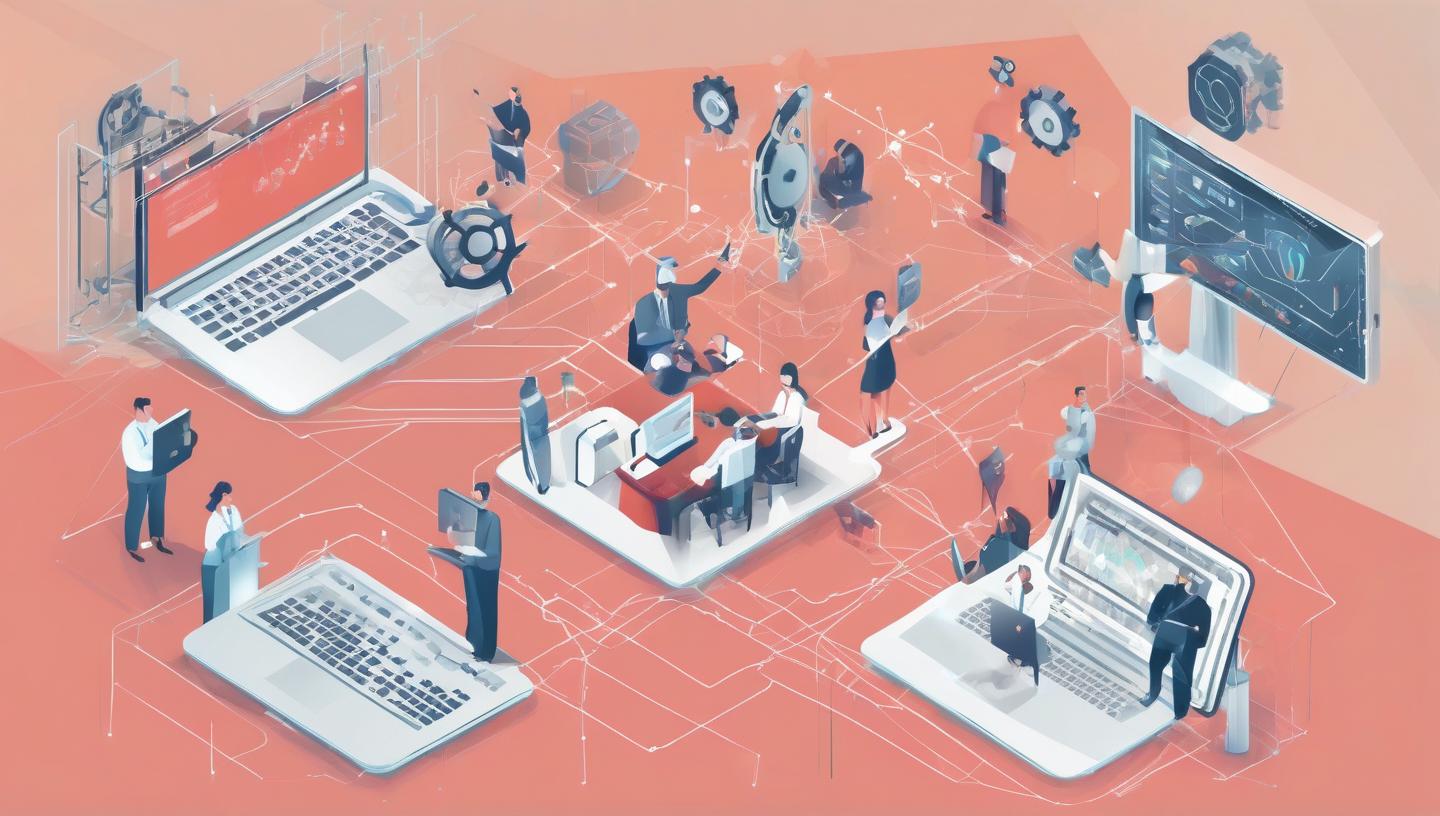Unleashing the Potential of Operational AI Agents: A New Era in Workflow Automation with AutoGPT

Unleashing the Potential of Operational AI Agents: A New Era in Workflow Automation with AutoGPT
The introduction of operational AI agents, a unique breed of autonomous AI, is transforming the way we tackle complex workflow automation. By leveraging these AI agents, companies can significantly boost their AI-powered productivity, streamline processes, and cut down on manual labor. Leading this charge is AutoGPT, a groundbreaking AI tech that simplifies the creation of advanced multi-agent systems. This makes automating complex workflows a breeze. Let's dive deep into the world of operational AI agents, exploring their capabilities, uses, and the massive impact they have on AI-driven workflow automation.
Introduction to Operational AI Agents
Operational AI agents are built to handle specific tasks independently, interacting with their environment and teaming up with other agents to meet common goals. These agents can be integrated into various industries, such as manufacturing, healthcare, and finance, to automate intricate workflows and boost operational efficiency. Thanks to the seamless integration of AI agents into existing systems, organizations can unlock the full potential of autonomous AI, driving innovation and growth. With AutoGPT on the scene, the possibilities for AI-driven workflow automation have skyrocketed, allowing for the development of more advanced and flexible multi-agent systems.
Growing up, I always envisioned robots and AI helping humans do mundane tasks, much like how operational AI agents are doing now. Remember the Jetsons? Their world isn't so far off from what we're experiencing today.
Applications of Operational AI Agents
Operational AI agents have a wide range of applications across different sectors, including:
- Workflow refinement: AI agents can analyze workflows, pinpoint bottlenecks, and suggest improvements to boost productivity and cut costs.
- Data-driven decision-making: AI agents can make smart decisions based on real-time data, helping organizations react quickly to changing market conditions.
- Resource optimization: AI agents can manage resource allocation efficiently, ensuring tasks are completed smoothly and effectively.
Real-World Examples
Take manufacturing, for instance. Operational AI agents can automate quality control processes, spotting defects in real-time. In healthcare, AI agents can streamline clinical workflows, allowing medical professionals to focus more on patient care. It’s like having an extra pair of hands that never get tired
The Role of AutoGPT in Operational AI
AutoGPT is a prime example of how operational AI agents can automate complex workflows. By using AutoGPT, organizations can create custom AI agents that can interact with various systems and applications, automating tasks with ease. The perks of using AutoGPT include:
- Enhanced precision: AutoGPT-powered AI agents can perform tasks with high accuracy, reducing errors and improving overall quality.
- Increased productivity: AutoGPT allows AI agents to handle complex workflows, freeing up human resources for more strategic and creative tasks.
- Improved adaptability: AutoGPT-powered AI agents can adjust to changing conditions and workflows, helping organizations stay agile and responsive in a constantly evolving landscape.
Imagine AutoGPT as the Swiss Army knife of AI—versatile, precise, and always ready to adapt to new challenges.

- Music
- Travel
- Technology
- AI
- Business
- Wellness
- Theater
- Sports
- Shopping
- Religion
- Party
- Other
- Networking
- Art
- Literature
- Home
- Health
- Gardening
- Games
- Food
- Fitness
- Film
- Drinks
- Dance
- Crafts
- Causes
